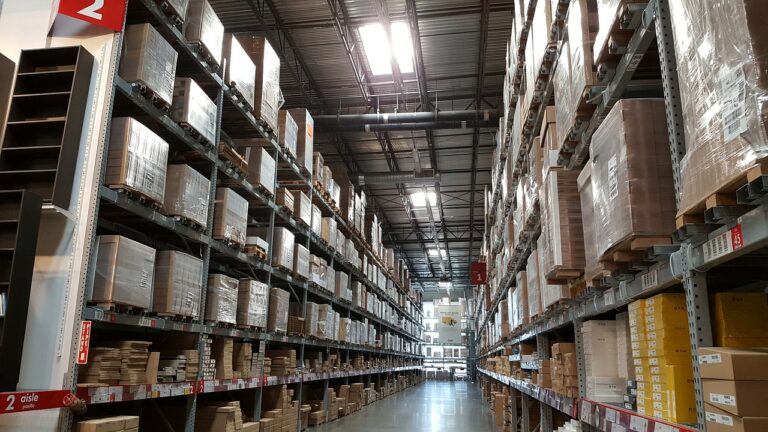The Role of Artificial Intelligence in Inventory Management
In today’s fast-paced business environment, the implementation of AI in inventory management offers a multitude of advantages. One of the key benefits is the ability of AI systems to analyze vast amounts of data rapidly and accurately, enabling companies to make real-time decisions based on current market trends and demands. This leads to optimized inventory levels, reducing the risks of overstocking or stockouts, ultimately improving overall operational efficiency.
Moreover, AI technology can enhance supply chain visibility by providing valuable insights into inventory movements and patterns. By utilizing AI algorithms, businesses can streamline their inventory processes, minimize human error, and automate routine tasks such as demand forecasting and order management. Ultimately, the adoption of AI in inventory management can result in cost savings, improved customer satisfaction, and a competitive edge in the market.
How AI Can Improve Forecasting Accuracy
Forecasting accuracy is a critical component of successful inventory management. With the integration of AI technology, businesses can enhance their forecasting processes to predict demand with higher precision. AI algorithms can analyze vast amounts of historical data and real-time information to identify patterns and trends that humans might overlook, ultimately leading to more accurate predictions of future inventory needs.
By utilizing AI-powered forecasting tools, companies can minimize the impact of unpredictable factors such as seasonal fluctuations, market trends, and external events. These tools can adapt to changing conditions in real-time, adjusting forecasts promptly to ensure optimal inventory levels. As a result, businesses can reduce excess stock, avoid stockouts, and improve overall operational efficiency through better forecasting accuracy facilitated by AI technology.
Automating Replenishment Processes with AI
One of the key advantages of AI in automating replenishment processes is its ability to analyze large volumes of data in real-time. By constantly monitoring inventory levels, consumer demand, and supply chain disruptions, AI can quickly adjust reorder points and quantities to optimize stock levels. This proactive approach helps businesses avoid stockouts and overstock situations, leading to improved cash flow and customer satisfaction.
Furthermore, AI can enhance replenishment accuracy by identifying patterns and trends in historical data. By leveraging machine learning algorithms, AI can predict demand fluctuations more accurately, enabling businesses to make informed decisions about when and how much to reorder. This predictive capability not only reduces excess inventory and carrying costs but also ensures that products are always available to meet customer demand.
• AI can analyze large volumes of data in real-time
• Constantly monitor inventory levels, consumer demand, and supply chain disruptions
• Adjust reorder points and quantities to optimize stock levels
• Enhance replenishment accuracy by identifying patterns and trends in historical data
• Predict demand fluctuations more accurately with machine learning algorithms
• Reduce excess inventory and carrying costs
• Ensure products are always available to meet customer demand
How can AI help improve inventory management?
AI can help improve inventory management by providing real-time data analysis, forecasting accuracy, and automating replenishment processes.
What are the benefits of implementing AI in inventory management?
Some benefits of implementing AI in inventory management include improved efficiency, reduced costs, better decision-making, and increased customer satisfaction.
How can AI improve forecasting accuracy?
AI can improve forecasting accuracy by analyzing historical data, current trends, and external factors to predict future demand more accurately.
What is the significance of automating replenishment processes with AI?
Automating replenishment processes with AI can help streamline operations, reduce manual errors, optimize inventory levels, and ensure products are always in stock to meet customer demand.







